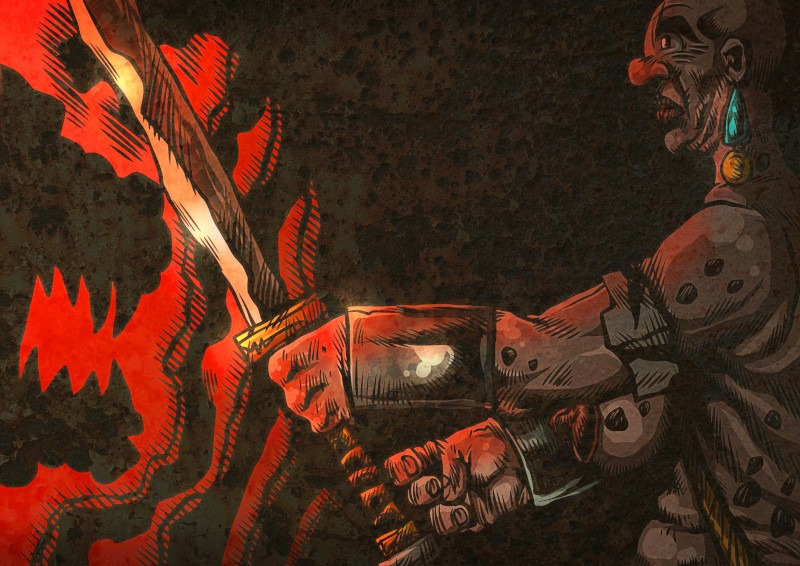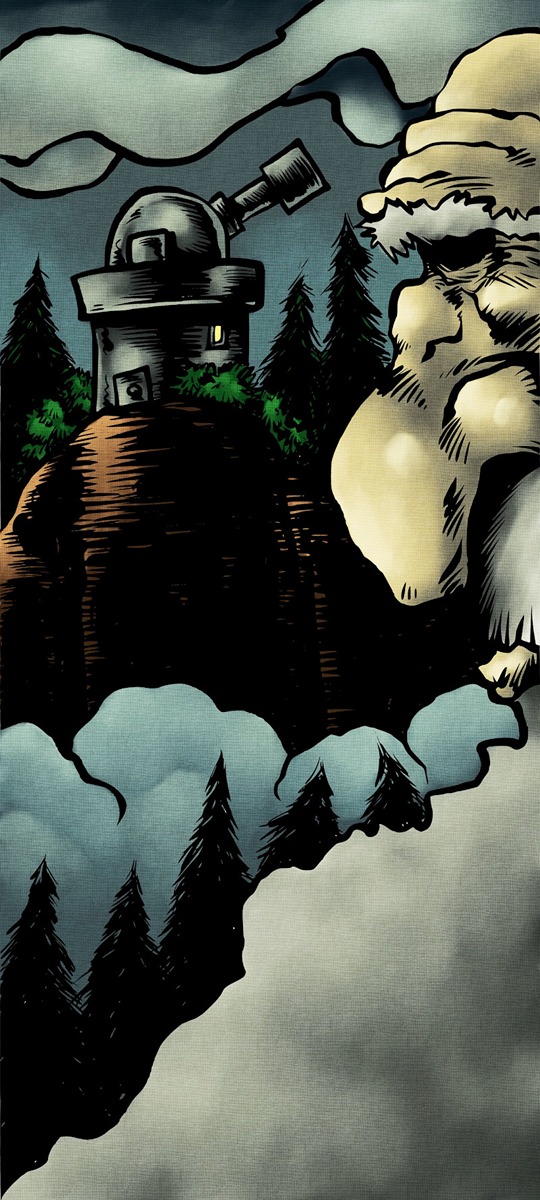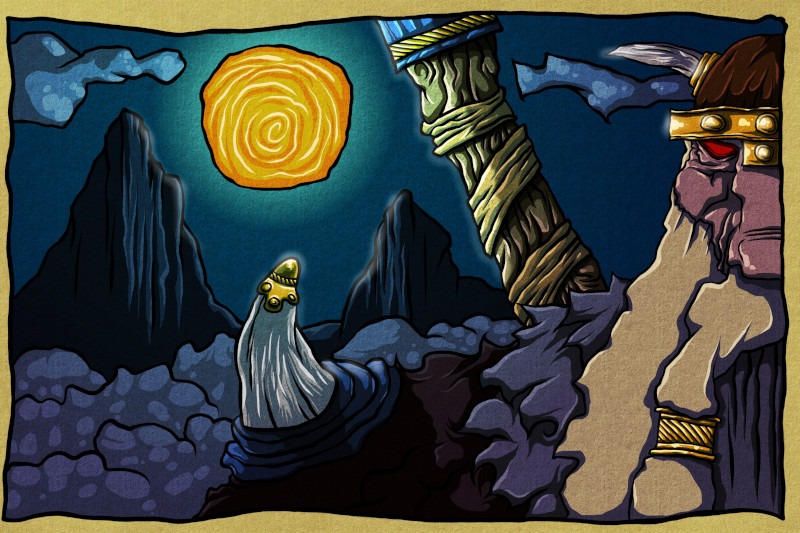Interview with Andrea Buso

Could you tell us something about yourself?
"I am in the middle of the journey of our life .." (50 years). I was born in Padua in Italy. Since I was a child I've always designed; during primary school I created my first Japanese robot style cartoon (Mazinga). I attended art school. I attended computer graphics courses with Adobe products in 1995 and then a course of specialization at the internship school of Illustration for Children of Sarmede in Treviso (IT).
I worked as a freelancer in advertising and comics, I taught traditional and digital painting and drawing in my studio (now closed) La Casa Blu. Today I continue to draw as a hobby and some work, since I teach painting in a center for disabled people.

Do you paint professionally, as a hobby artist, or both?
These days I paint both for hobby and for work, even more as a hobby. Teaching in the special-needs center takes me a lot of time, but it also gives me a lot of satisfaction.
What genre(s) do you work in?
I do not have a specific genre, I like to change technique and style, I like to change, to find new ways. Even if my background is the comic. However, generally I prefer themes of fiction, fantasy. As you can guess I love mixing everything I like.
Whose work inspires you most -- who are your role models as an artist?
In addition to loving Michelangelo Buonarotti and Caravaggio, I studied Richard Corben, Simon Bisley, Frank Frazetta. Currently I am following Mozart Couto, Ramon Miranda and David Revoy.
How and when did you get to try digital painting for the first time?
In 2000, my brother, a computer programmer, made me try OpenSuse. I used Gimp, and I felt good because I could draw what I wanted and how I wanted. Since then, I have abandoned Windows for Linux and I have discovered a series of wonderful programs which allow me to work professionally, giving me the advantage of digital.

What makes you choose digital over traditional painting?
In my opinion digital painting is infinity. You can do whatever you want and go back on your steps, whenever you want. It has an infinite number of techniques and tools to create, techniques and tools that you can create yourself. The limit is your own imagination.
How did you find out about Krita?
Watching Youtube videos by Mozart Couto, Ramon Miranda and David Revoy, I saw that they used Krita. I did not know what it was, I did some research on the Internet and found the site Voilà! Love is born! Today it is my favorite program (I'm not saying that to make a good impression on you!).

What was your first impression?
I must say that at the beginning the approach with Krita was a bit difficult. I came from the experience with Gimp and Mypaint, software that has a mild learning curve. But in the end, I managed to "tame" Krita at my will, now it's my home.
What do you love about Krita?
Given that there are characteristics of Krita that I don't know and that I will maybe never know, because they're not necessary to my painting technique, I love everything about Krita!
Above all the panel to create the brushes. It's wonderful, sometimes I spend hours creating brushes, which I'll never use because they don't make sense, but I create them to see how far Krita can get. I love the possibility of combining raster and vector levels; the ability to change the text as I want, level styles. Everything is perfect for my needs in Krita.
What do you think needs improvement in Krita? Is there anything that really annoys you?
Improvements for Krita valid for me would be an implementation of the effects such as: Clouds, plasma, etcetera (I mention those of Gimp to give an example). Moreover, because I have the habit of adjusting lights and shadows at the end of work, I miss controls such as exposure or other typically photographic effects.
I have nothing negative to say about Krita.
What sets Krita apart from the other tools that you use?
The freedom to manage your work, the potential of the various tools and the stability of the software are the most salient features of Krita. When I use Krita, I feel free to create without technical limitations of the software. Also, the quality of the brushes is unparalleled, and when you print your work you realize how much they are cared for and real.
If you had to pick one favourite of all your work done in Krita so far, what would it be, and why?
North (spirit), is my favorite work done with Krita, so far.

In it there are my first (serious) created brushes. The texture of the paper was created with Krita. Also there is my passion for the peoples of the north: my great-grandfather was Swedish. Therefore, in the drawing there is a large part of myself and the drawing represents me.
What techniques and brushes did you use in it?
I used a brush of my own creation and I took inspiration from Mucha (an Art Nouveau painter). The coloring style is similar to cell-shading, while the reflections and the glow of the moonlight were created with the standard FX brushes. The setting is on a magical night.
Where can people see more of your work?
You can see my work on Deviantart: https://audector.deviantart.com/
Anything else you'd like to share?
Thank you for the interview, it was an honor for me, I would just invite all creative people to use Krita, but above all Linux and KDE. The possibilities to work well and professionally are concrete, there is no longer a gap between open source and Windows. However, with Linux and KDE there is the possibility to work better. Thanks to you!